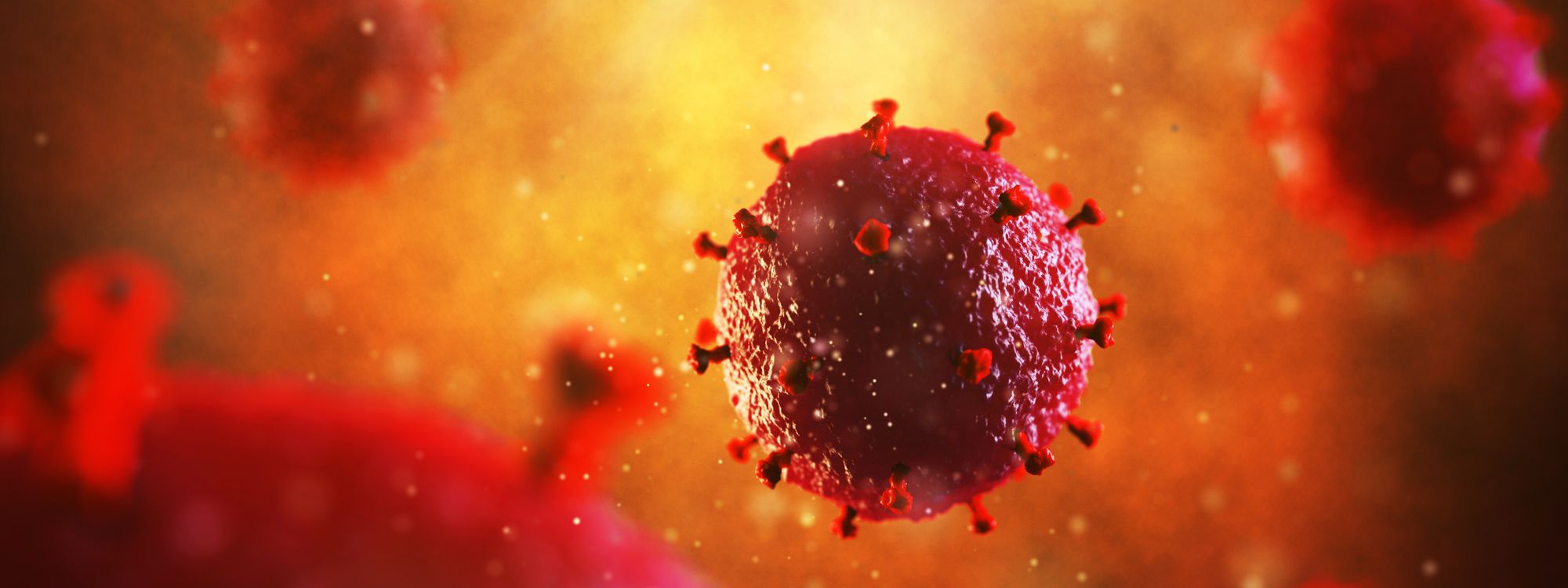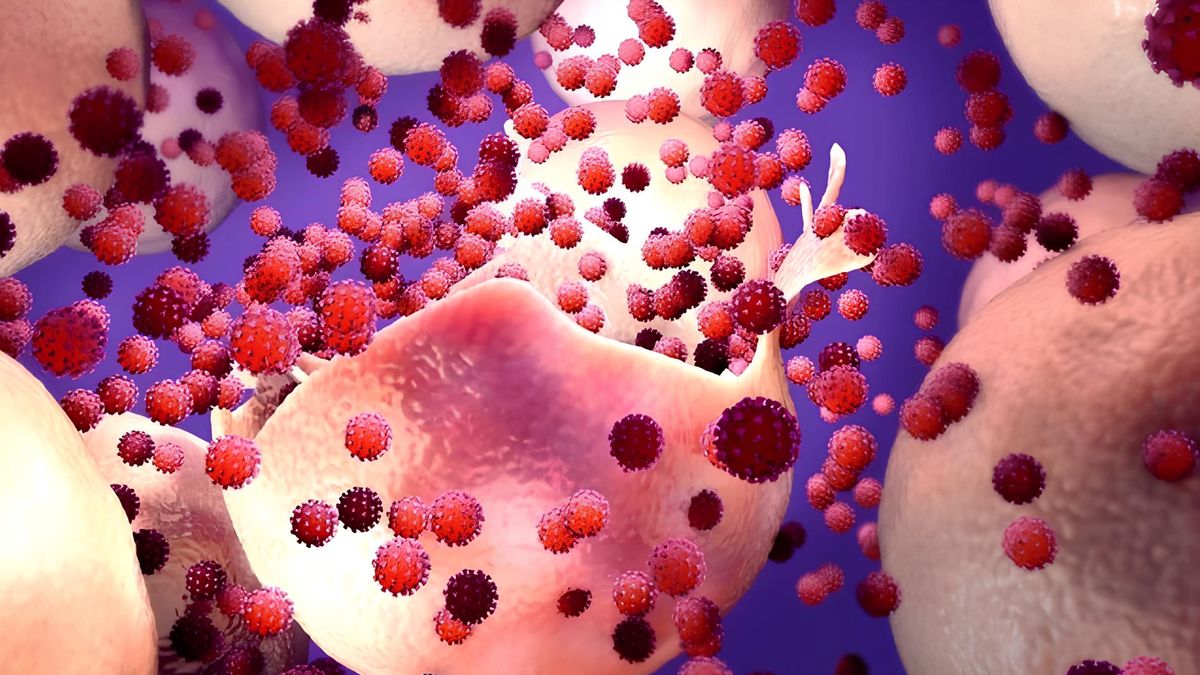
The global burden of HIV/AIDS is significant, with certain regions experiencing more prevalence than others. This disease is primarily prevalent in densely populated areas where risky behaviors are more common. The epidemiological patterns are characterized by a high prevalence among individuals who engage in risky behaviors, including drug use and unprotected sexual activities. These individuals, especially those of sexually active age, present a potential risk of further spread of the disease.
The spread of HIV/AIDS is not limited to specific regions. In fact, the disease is widespread in several parts of the world, with certain regions experiencing an alarming increase in cases due to factors such as population density and poor hygienic conditions. The disease is increasingly becoming a sexually transmitted infection, a trend that is expected to continue in the future.
HIV, the virus responsible for AIDS, is a retrovirus that belongs to the Lentivirus subfamily. Retroviruses are unique in that they possess an RNA genome and an enzyme known as reverse transcriptase. This enzyme enables the virus to transcribe its RNA genome into DNA, which can integrate into the host cell's genetic material.

HIV primarily targets CD4+ T lymphocytes, but it is also capable of infecting other cell types, including cells in the retina, central nervous system, and the intestinal mucosa. Once the virus enters a cell, it releases its RNA genome, which is then converted into DNA by reverse transcriptase. This DNA can integrate into the host cell's genome, effectively turning the cell into a factory for producing new viral particles. This process, however, often leads to the death of the infected cell.
Following initial infection, HIV undergoes a phase of intense replication, resulting in high levels of viral replication and the destruction of CD4+ T lymphocytes. This is followed by a period of immune response, during which the body attempts to eliminate the virus. However, the virus can persist in a dormant state within certain cells and tissues, which serve as reservoirs for the virus.
Despite the apparent disappearance of the virus from the bloodstream, HIV remains active within the lymphatic tissues. The lymph nodes, in particular, provide a favorable environment for the virus, as they are rich in immune cells that are susceptible to infection. This period of apparent dormancy can be disrupted by various stimuli, leading to a resurgence of viral replication.
Over time, persistent low-level viral replication can alter the structural and functional characteristics of the lymphatic system. In the later stages of the disease, the structure of the lymph nodes becomes disorganized, and they can no longer retain infected CD4 T lymphocytes. The progressive reduction in the number of these cells is complex, involving various factors including direct cell lysis by HIV, the inhibition of new CD4+ T lymphocyte production, and increased programmed cell death.
After initial infection with HIV, many individuals enter a prolonged asymptomatic period. During this phase, the virus continues to replicate at low to moderate levels, gradually weakening the immune system. Although people may feel completely healthy and show no outward signs of illness, important changes are taking place within the body.
Over time, HIV targets and destroys CD4+ T cells, which are essential for coordinating immune defenses. The gradual decline in CD4+ cells creates conditions that make the immune system increasingly vulnerable. This silent weakening does not happen overnight; for most individuals, the asymptomatic stage can last several years to more than a decade, depending on factors such as:
Without treatment, this persistent immune suppression eventually leads to acquired immunodeficiency syndrome (AIDS). At this stage, the immune system is no longer able to protect the body against opportunistic infections and certain cancers that would rarely cause severe illness in a person with a healthy immune system.
It is important to stress that the progression from HIV infection to AIDS is not immediate. With modern antiretroviral therapy, individuals can delay or prevent progression and live long, healthy lives while keeping the virus under control.
In conclusion, understanding the epidemiology, viral replication, and mechanism of HIV infection is crucial in developing effective strategies for the prevention and treatment of HIV/AIDS. Despite the significant progress made in HIV/AIDS research, the disease remains a major global health challenge that requires continued efforts to address.